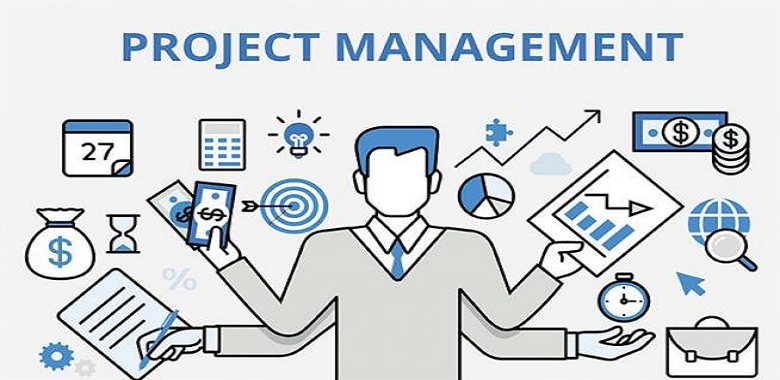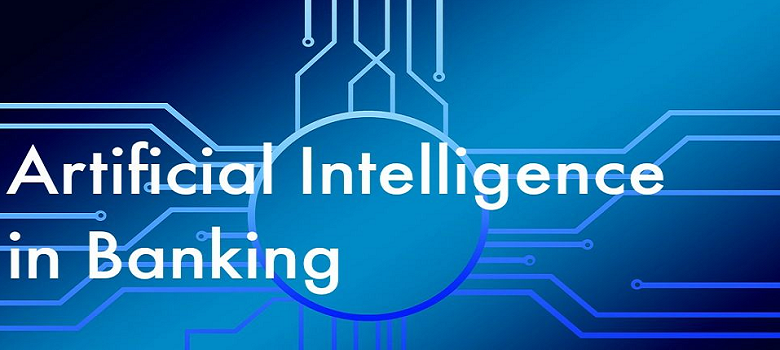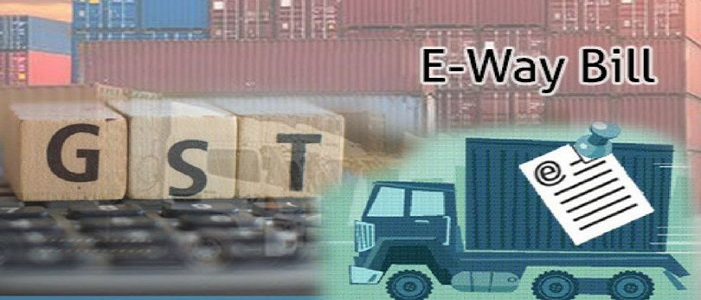Networking is important for entrepreneurs and small business owners. One place you can do that is at networking events. Don’t underestimate the power of networking events if you are a soft skills trainer looking to build your company. A strong professional network will help you achieve more than what you can accomplish on your own.

6 Must-Know Tips for Effective Networking
Don’t be Just a ‘Business Owner’
Yes, you are at a networking event to interact with others and talk about your business. But, don’t make it your only agenda.
People will lose interest if you just keep talking about business instead of showing them who you are. Focus on building new relationships with others. Good relationships and contacts will eventually help you get new business.
Be Authentic
Don’t put a mask and present yourself at the networking events. Be authentic and honest about yourself. You need to be confident and appear as a leader. Authenticity reflects these traits and will cement your reputation as a soft skills trainer.
It also shows that you are comfortable in social situations, which is important for a soft skills trainer.
Maintain Positive Body Language
One effective networking tip is to watch your body language. Even if you speak pleasantly, poor body language may indicate that you are unapproachable. That will work against you and defeat the purpose of a networking event.
Be approachable and show a genuine interest in others. Your body language must exude confidence and warmth. When it shows that you are welcoming, it will help others open up to you. This way, you will make several contacts and share healthy relationships with them.
Offer Help
It is normal to want to approach people at a networking event with a problem you are facing. There is nothing wrong with it, but change your approach a bit.
When you meet someone, ask questions, and understand how you can provide value to them. When you offer help, people will remember you and this will help you in the long run.
Stay in Touch with Former Connections
Networking events help in making new connections but don’t make the mistake of forgetting old connections. Your former connections can give you new leads and connect you with influential people. However, this won’t happen unless you share a strong relationship with them.
Keep in touch with your old connections, and you may be surprised by what they can bring to the table.
Use Social Media
Be active on social media platforms like LinkedIn, Twitter, and Facebook. Engage with your followers and share content relevant to the industry. This will build your credibility as a soft skills trainer and generate inbound networking.
People may reach out to you on social media to seek help. This will help you build your network without relying on just networking events.
Final Words
Keep these networking techniques in mind the next time you go for a networking event. You can meet people who can help you and whom you can help. Either way, it’s a win-win situation.
About the Author
An award-winning Image Management Professional, Suman Agarwal has helped students, home-makers, women on sabbatical as well as people seeking second career alternatives to explore Image Management and Soft Skill Training as a vibrant professional choice. She is also the co-founder of Image Consulting Institute.
She frequently writes blog posts about the urgent need of image consulting professionals and soft skill trainers in the 21st century and loves guiding people in exploring lucrative career. You can find more about Suman Agarwal from here.








